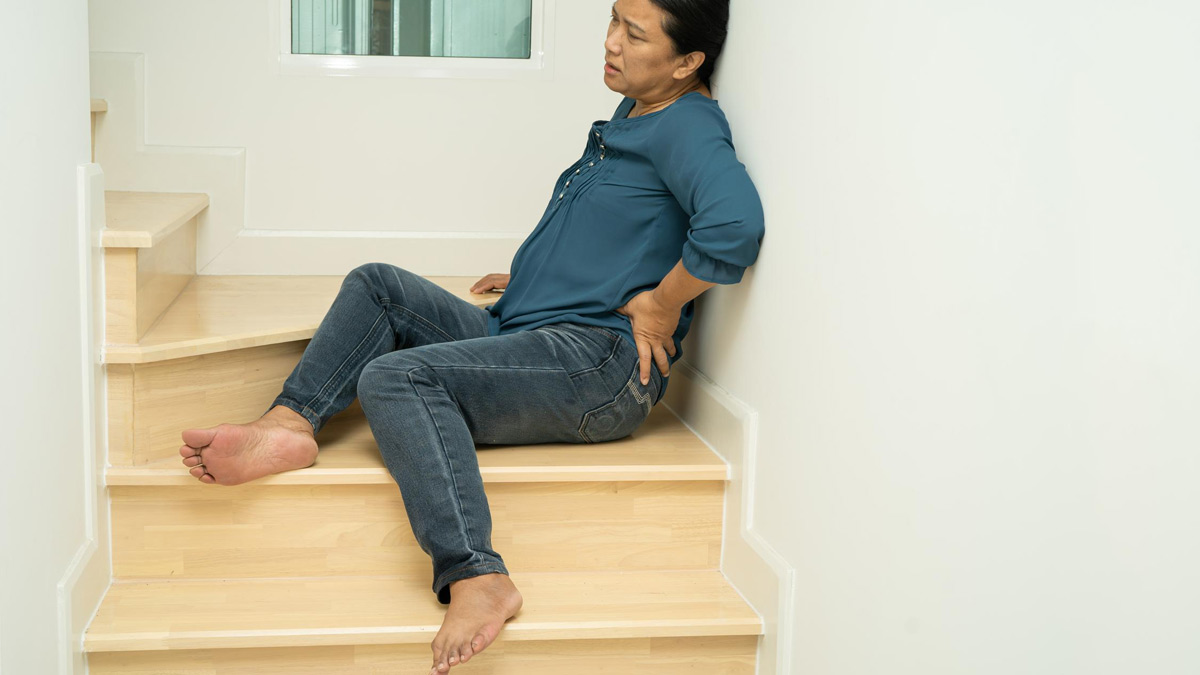
Traumatic injuries are commonly seen across all age groups. In India, every four minutes, one person dies of road accidents and thousands of lives can be potentially saved if bystanders come forward to help.
Table of Content:-
First aid plays an important role in patient outcomes and the chances of survival are better if a trauma victim reaches the emergency department sooner rather than later. It is therefore essential to know how to respond in different situations. Providing initial care and assisting skilled providers in delivering care are two of the most valuable contributions of first aid responders to helping seriously injured persons. As you wait for emergency medical help to arrive, follow the below given first aid steps as told by Dr. Satish Chaku, Associate Director Emergency Services Asian hospital Faridabad to help the injured.
Make Sure To Keep The Person Still
Do not move the injured person unless required and avoid moving the person’s neck. Keep the head and shoulders slightly elevated while lying down. Do not make an attempt to remove a helmet, if any.
Also Read: The Significance of ‘Golden Hour’ for Trauma Patients
Control Bleeding
Apply direct pressure to the wounded area to control bleeding. Always, attend first to the worst injuries followed by lesser wounds in case of multiple bleeding sites. Smaller wounds like scrapes can be rapidly taken care of by an antibiotic salve. Make sure to use soap and water to wash the affected area before applying bandages.

Open fractures and deep lacerations are examples of extreme injuries that can cause massive bleeding. A tourniquet (a device to restrict blood flow in a part of the body) may be required in situations that are not controlled by direct pressure. While tourniquets may be necessary to prevent fatal blood loss in some situations, try using direct pressure first.
In addition, remember that some situations can cause massive internal bleeding that may not be visible to the naked eye such as crush injuries, car accidents, or penetrating injuries like a gunshot or a knife wound. When you suspect any internal injuries, immediately call EMS (Emergency medical services). Help the person lie down and keep them still. Cover them to keep them from getting cold. Check for any signs of shock. Wait till advanced help arrives.
For head trauma that results in concussion symptoms, such as headaches, nausea, or difficulty concentrating, it should be evaluated by a medical professional. While preparing the person to be shifted to advanced medical care, make sure to manually stabilise the head and neck to protect them from further injury. Monitor the patient for any changes in condition.
Also Read: 5 Myths V/S Facts On Traumatic Brain Injury
Keep an eye for any changes in breathing and alertness

As you wait for advanced help, watch for changes in breathing and alertness of the injured person. If there are no signs of circulation like no breathing, coughing or movement, begin CPR.
Summary
Accidents always come uninvited despite following measures of preventative procedure and care. In absence of proper first aid, a simple injury could easily go out of hand and turn fatal. Thus, first aid not only promotes faster recovery, it helps save LIVES!
Image credits- freepik
Also watch this video
How we keep this article up to date:
We work with experts and keep a close eye on the latest in health and wellness. Whenever there is a new research or helpful information, we update our articles with accurate and useful advice.
Current Version